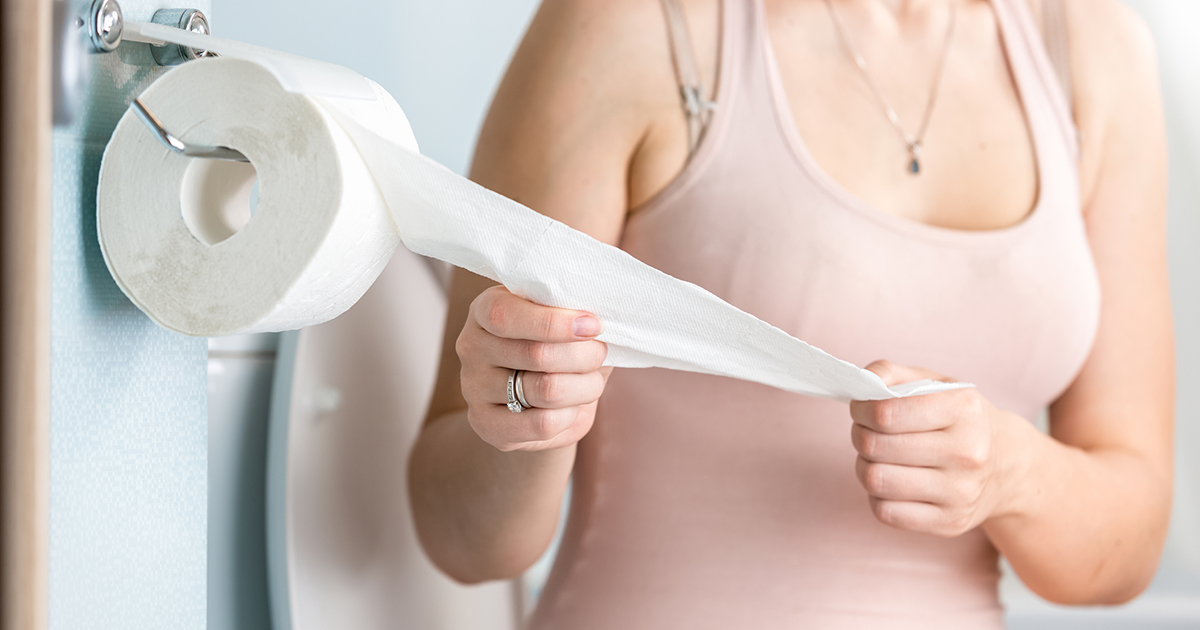Warning Signs Of A Prolapsed Bladder
A prolapsed bladder is a common problem that can cause discomfort and a variety of symptoms that impact daily activities. Bladder prolapse generally occurs in women and is often associated with pregnancy and birth, when increasing weight causes stress on pelvic organs. A prolapsed bladder can also occur due to menopause, when decreasing estrogen levels affect muscle tone. Frequent straining, such as from lifting objects, severe coughing, or chronic constipation, can also cause a prolapsed bladder.
Prolapsed bladder treatments are out there. They vary based on the severity of the patient's condition. For instance, severe cases may require surgery to correct the prolapse. A supportive device for bladder prolapse may be needed. Women often use a pessary. Of course, natural remedies for a prolapsed bladder are also out there. Most patients are encouraged to try Kegel exercise to strengthen their pelvic muscles.
Pelvic Pain Or Discomfort

Discomfort from a prolapsed bladder varies from one patient to another and also depends on the severity of the problem. Prolapse may cause pressure on the bladder and vaginal tissue. This can result in pain, particularly when lifting, coughing, or straining. Pain can be sharp and sudden, or a dull, continuous ache. Some women experience a chronic, heavy feeling in the pelvis, as if internal organs are pulling on muscles inside the pelvic cavity. The pelvic pain or discomfort may intensify during long periods of walking or standing. Individuals may feel like there is an obstruction in the area or may even feel the bladder bulging.
Difficulties Urinating

Individuals who have a prolapsed bladder often report having problems urinating. They may have difficulty starting a urine stream, may have pain during urination, or may feel they have to urinate frequently. These issues may cause discomfort or self-consciousness. In some cases, the individual may not be able to urinate at all. This is a serious medical issue that should be treated immediately. Several treatments are available for urination problems, including medications, implant devices, conditioning methods for bladder muscles, and surgery. Physicians will determine the underlying cause of a patient's difficulties urinating and will provide appropriate treatment, including measures to help bladder prolapse.
